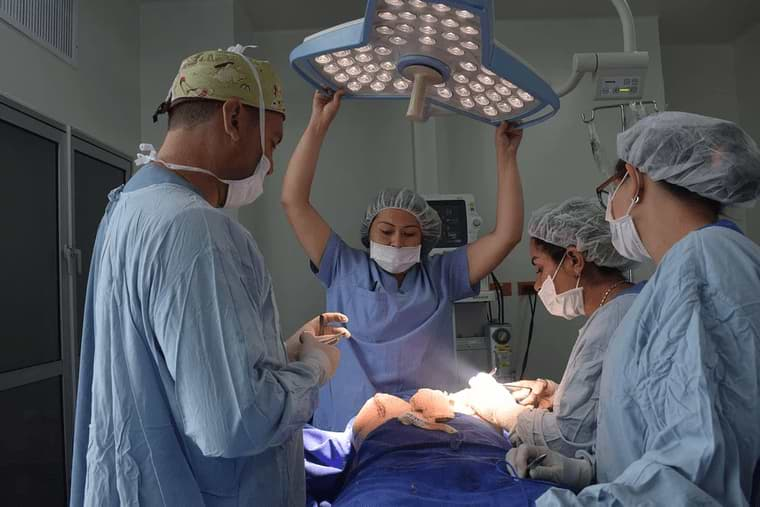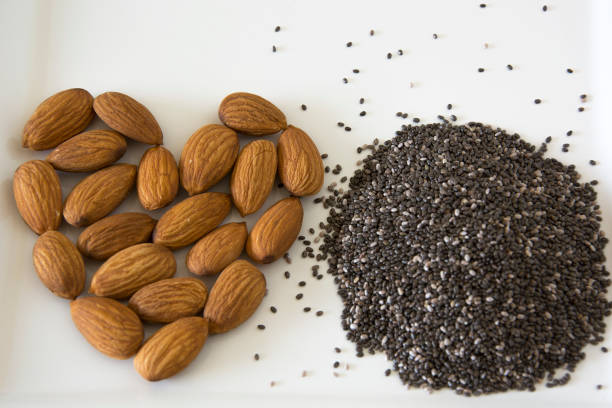Contents
Both reconstructive and cosmetic procedures fall under the umbrella of plastic surgery. They are similar in many ways but have differing purposes.
Reconstructive procedures are deemed medically necessary. Thus, the private health insurance coverage will sometimes cover these procedures, but it’s best to check with your provider. On the contrary, insurance plans typically classify cosmetic surgery as elective and rarely cover it.
Reconstructive Surgery
Reconstructive procedures serve to restore function and appearance. They correct deformities that may occur due to congenital malformations, trauma, or diseases like cancer.
Some examples of reconstructive surgical procedures are:
- Repair of cleft lip and palate
- Breast reconstruction after lumpectomy or mastectomy
- Burn repair surgery
- Hand reconstruction
- Limb salvage
Cleft Lip and Palate Repair
Children born with a cleft lip and palate typically face several surgeries during their formative years. Initial orthodontic procedures may begin as early as one week of age. The first surgery usually occurs when the baby is between three and six months old.
These repair procedures close the palate and lip to allow for normal breathing and feeding. Nasal repair may also be necessary during this process.
Breast Reconstruction
Breast cancer can cause women to lose all or part of a breast. Reconstructive surgery may then be necessary.
There are several different options for reconstruction. They include:
- Implants
- Flap procedures using the patient’s body tissue
- Nipple and areola reconstruction
- Combination of implants and flaps
- Nipple or areola tattooing
- Fat grafting

Burn Repair Surgery
When a person suffers severe burns, they can lose sensation and mobility. Reconstructive procedures make it possible to return part or all of the lost function.
Skin grafting is one of the most common surgeries for burn reconstruction. In this procedure, doctors transplant skin from one part of the body to another where it’s missing.
Tissue expansion is another burn reconstruction method. It taps into the body’s ability to grow new skin, which can then cover damaged areas.
Hand Reconstruction
Hand surgery can be necessary when a patient has severe rheumatoid arthritis or a congenital malformation. The focus is on restoring function to joints and muscles to improve quality of life.
Limb Salvage
Trauma, diabetes, or cancer can cause a person to be at risk of losing a limb. Limb salvage procedures help patients maintain the functionality of a damaged extremity.

Cosmetic Surgery
The primary purpose of cosmetic procedures is to improve visual appeal. They typically involve adjusting and reshaping parts of the body to make them more desirable.
The following are examples of popular cosmetic surgeries:
- Breast enhancement
- Liposuction
- Tummy tuck (abdominoplasty)
- Facelift
Breast Enhancement
Breast enhancement is also called mammoplasty. There are a few different types of enhancement procedures.
Breast augmentation surgery is an aesthetic procedure that increases the size of the breasts, usually through the use of implants. Breast lifts to reduce sagging are also standard cosmetic procedures.
Breast reduction involves removing excess breast tissue. This can sometimes be medically necessary if the weight of the mammary tissue causes physical problems.
Liposuction
Liposuction refers to the removal of excess fat tissue with a long tube called a cannula. Areas like the belly, hips, buttocks, thighs, arms, back, and face are popular liposuction targets.
Some people choose this procedure in conjunction with a breast reduction, tummy tuck, or facelift. Liposuction is an outpatient procedure, so patients return home the same day.

Tummy Tuck
A tummy tuck or abdominoplasty involves surgery to contour the abdominal area. The surgeon works to tighten the skin and muscles to improve appearance. This procedure typically involves moving the navel, as well.
For patients whose fat is mostly below the belly button, a partial or mini-abdominoplasty can be an option. In this case, it’s usually not necessary to move the navel.
Facelift
Facelift surgery decreases the appearance of aging in the region of the neck and face. It tightens sagging skin to create a more youthful appearance.
Several other procedures may accompany a facelift. They include a brow lift, eyelid surgery, and fat transfers or fillers. Dermabrasion, laser, and peeling can also be part of improving skin texture.
Conclusion
Reconstructive and cosmetic procedures are the two main types of plastic surgery. Surgeons perform reconstructive procedures to restore form and function. Some examples of reconstructive surgeries are cleft lip and palate repair, breast reconstruction, burn repair, hand reconstruction, and limb salvage.
Cosmetic procedures generally serve to improve appearance. Examples are breast enhancement, liposuction, tummy tuck, and facelift. Insurance plans typically cover reconstructive surgery, but not cosmetic procedures.



